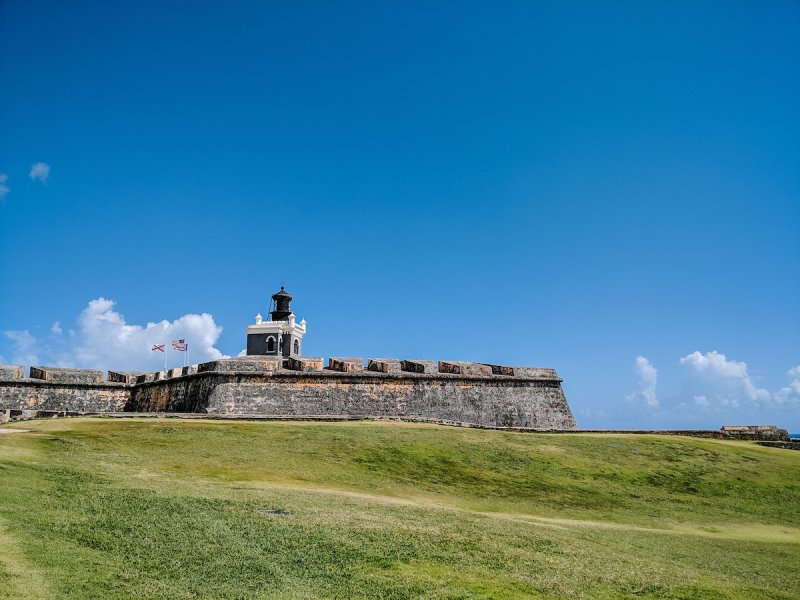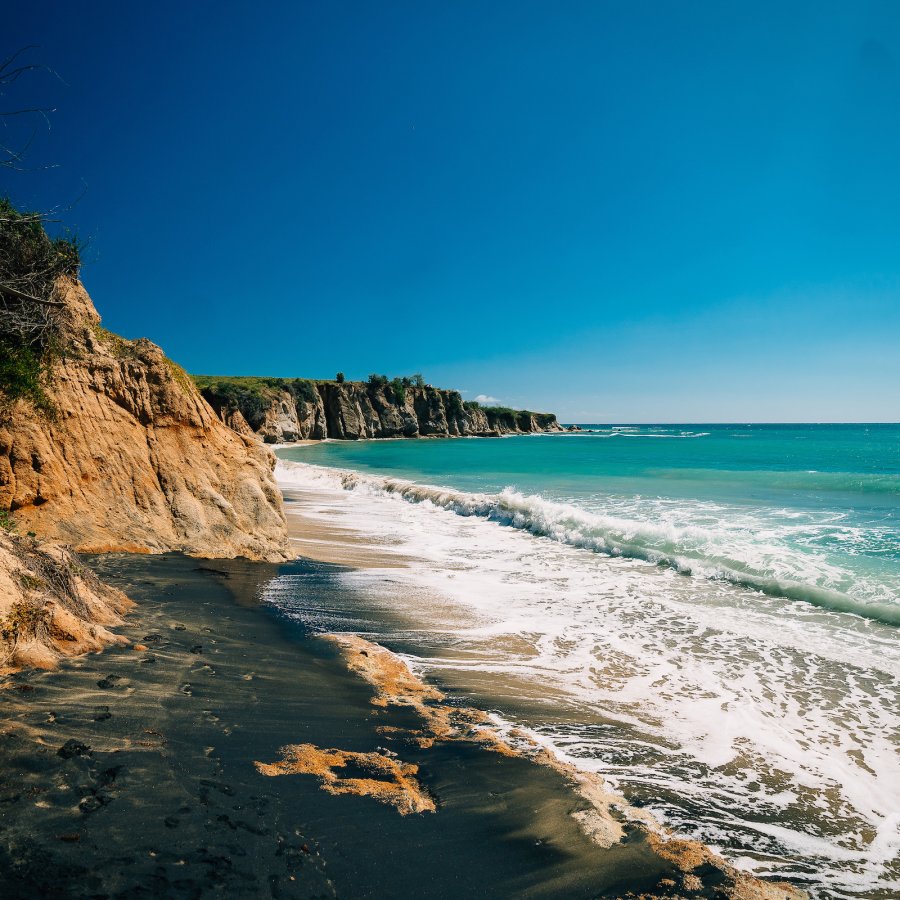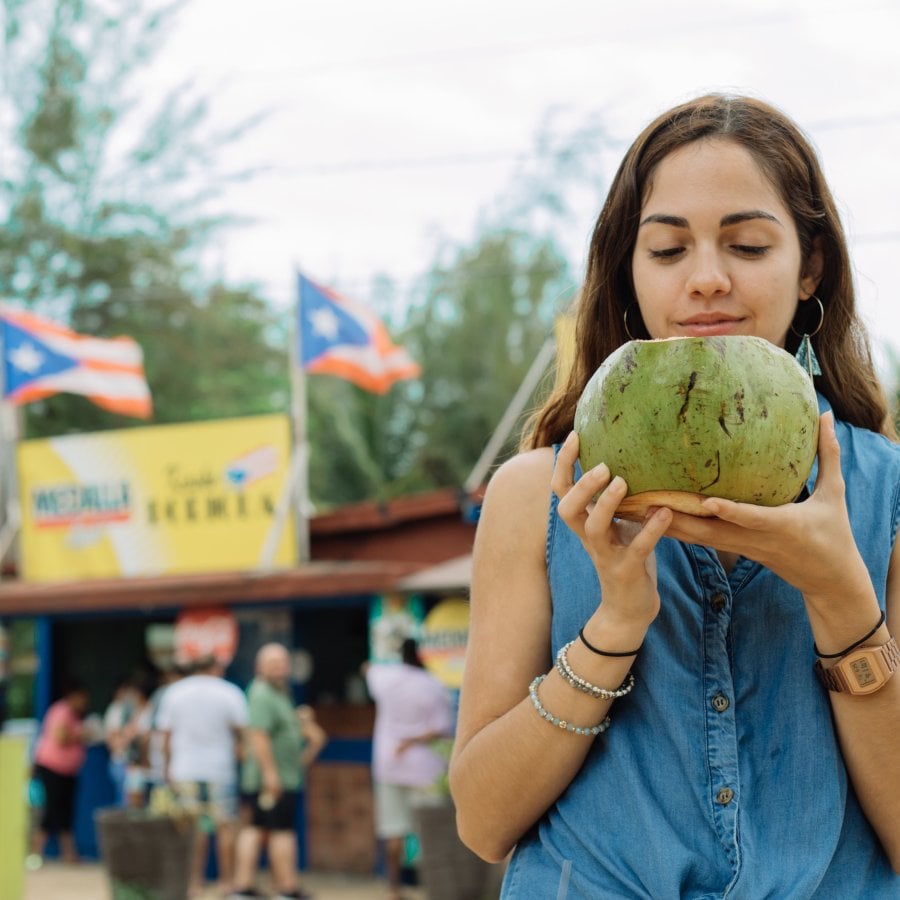Puerto Rico is an archipelago east of the Dominican Republic and west of the British Virgin Islands.
It is the smallest island of the Greater Antilles, bordered by a rough, cooler Atlantic Ocean on the north and a calm, warmer Caribbean Sea on the south.
Two small islands off the east coast (Vieques and Culebra), another one to the west (Mona), and hundreds of smaller cays around the mainland are administratively parts of Puerto Rico.
Located in the tropics, the Island enjoys an average temperature of 80 degrees (Fahrenheit) throughout the year, giving the Island summer-like weather year-round.

To make sure you and your loved ones have a safe, fun day on the water, we encourage you to read this information.
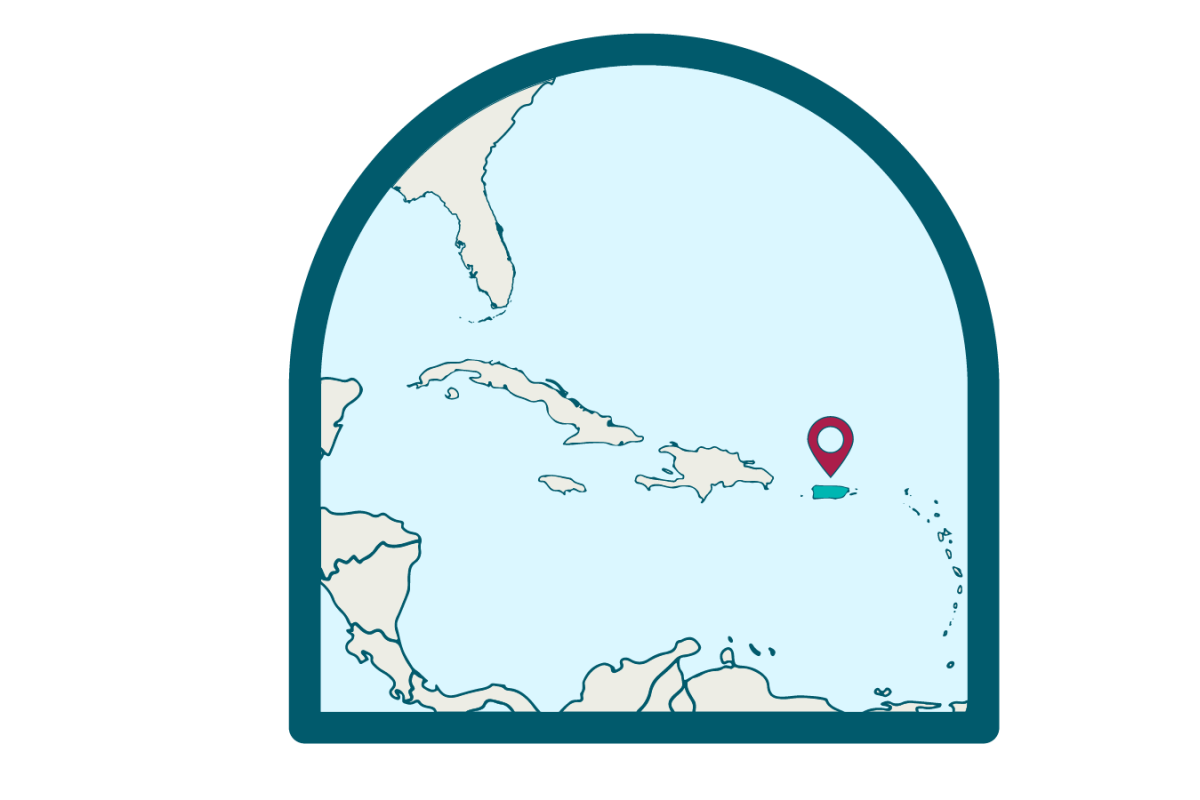
What is a tropical climate?
Tropical destinations typically have two seasons: wet and dry seasons. In the tropics, annual temperature sees little change, and due to the high temperatures and abundant rainfall, vegetation grows throughout the year, keeping the climate humid. So, you'll notice that weather conditions are summer-like all year round.
In Puerto Rico, the dry season is more notable from December through April, with cooler temperatures. In contrast, May through November brings heavier rainfall - making it the wet season for the Island. Regularly, the northeast trade winds bring heavy rainfall to the north coast in the mornings, while the south coast is in a rain shadow during the afternoons.
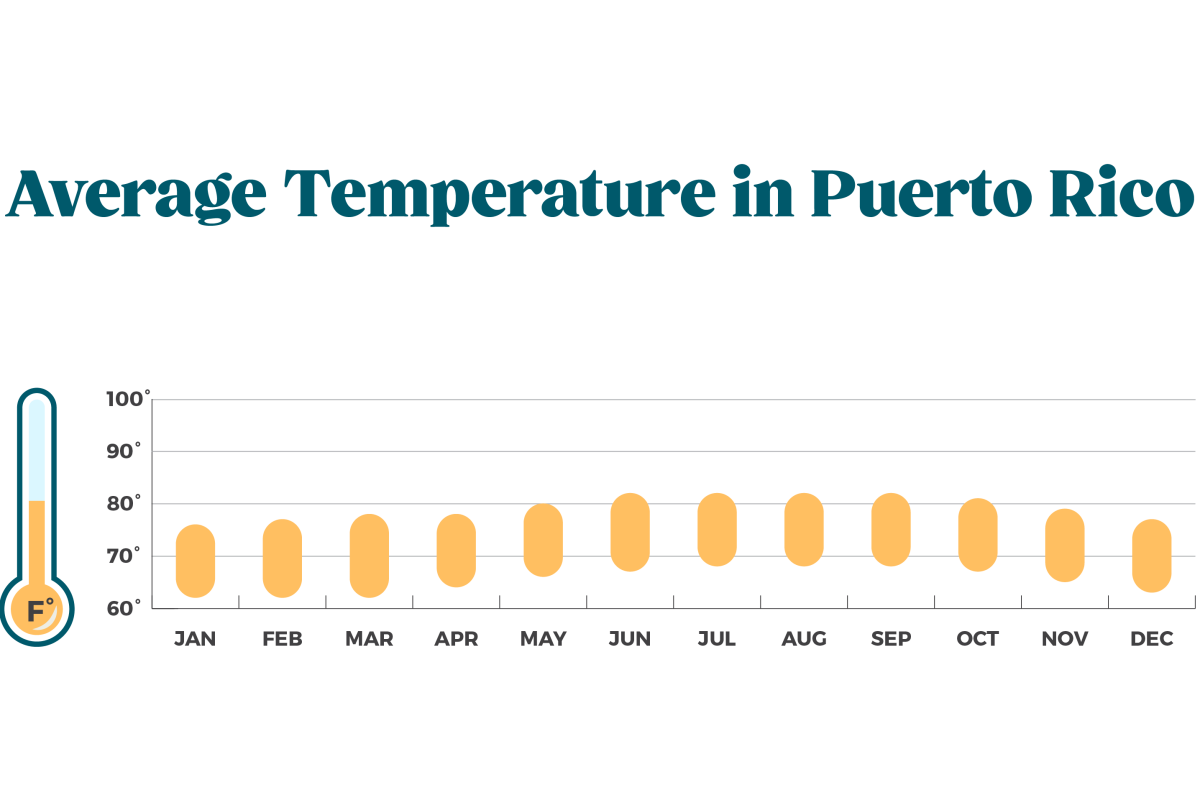
Hurricane Season
As classified by the National Weather Service, the hurricane period in the Caribbean is from June 1 until November 30, coinciding with the wet season, where rainfall is a regular occurrence in most regions. Fear of hurricanes shouldn’t make you reluctant to visit Puerto Rico since highly destructive storms are not that common.
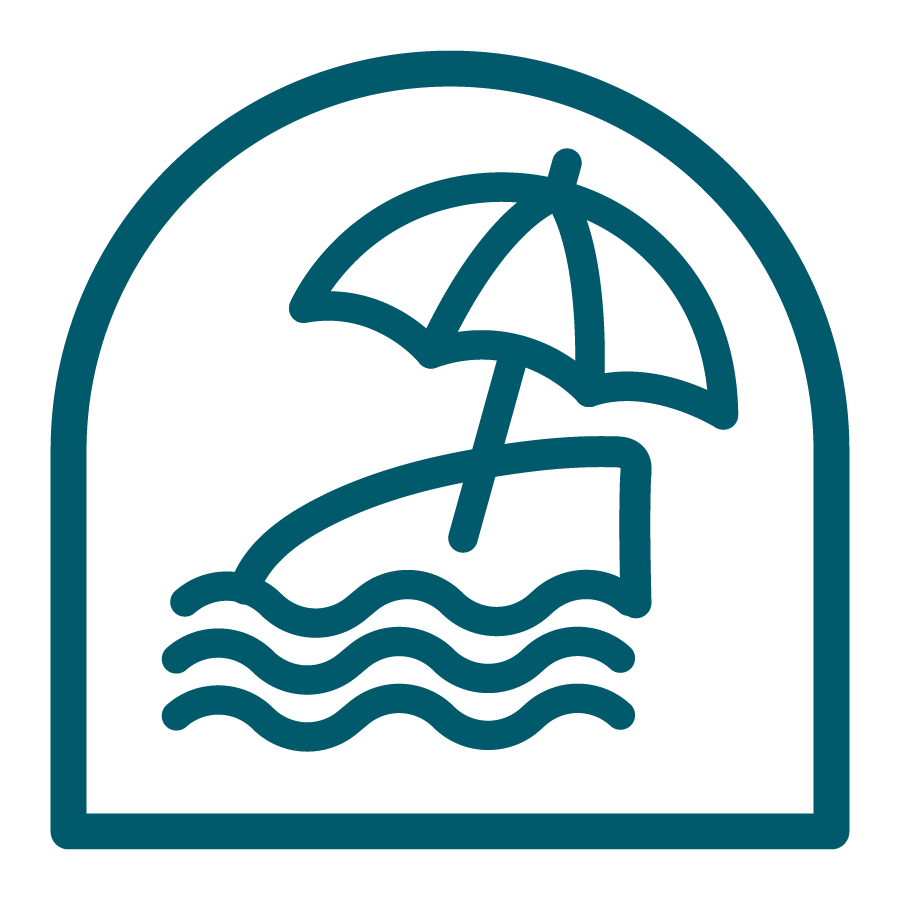
Beach & Water Safety
Puerto Rico is not short on beaches and rivers. Thanks to our warm, tropical climate, oceanfronts and streams are ready to welcome you at any time of the year, and, as our natural wonders are never off-limits, we want you to be safe!
So, here are some things to be on the lookout for when your visit includes splashing in the water:
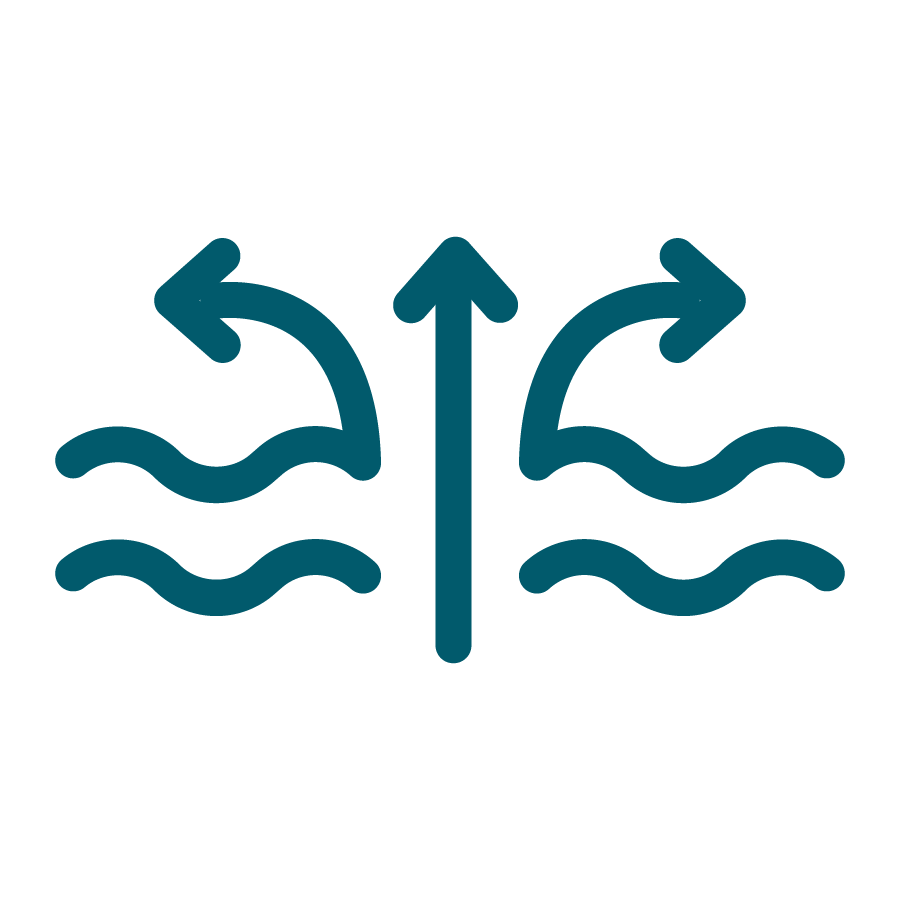
Beaches and Rip Currents
Rip currents are channeled currents of water flowing away from the shore and can be powerful and dangerous. They naturally extend from the shoreline and through the surf zone, past the line of breaking waves. However, they can occur at any beach with breaking waves, especially with a rising tide due to bad weather.
If caught in a rip current, you must remain calm to save up your energy. Swim out of the current in the direction following the shoreline, and when out of the current, swim at an angle towards the shore. If you cannot swim, float and tread water towards the coast. Draw attention to yourself by waving your arm and shouting for help.
Swim safely!
If you see a flag this color, it means:

Wind and wave conditions are not expected to develop rip currents. However, they can sometimes occur near groins, jetties, and piers.

Wind and wave conditions support stronger or more frequent rip currents. Only experienced surf swimmers should enter the water.

Wind and wave conditions support dangerous rip currents. Rip currents are life-threatening to anyone entering the surf.
Get the Latest Weather Updates

Flash flood warnings
Several factors contribute to flash flooding, but the two key elements are rainfall intensity and duration. They can occur within a few minutes or hours of excessive rainfall and can roll boulders, tear out trees, and flood and destroy buildings and bridges. Topography, soil conditions, and ground cover also play an important role. Furthermore, flash flood-producing rains can also trigger catastrophic mudslides.
Flash flooding is mostly caused by slow-passing thunderstorms or ones repeatedly moving over the same area. So, when there is a flash flood warning or watch, you should avoid being near bodies of water like lakes and rivers. As well you should avoid the mountainside region of Puerto Rico, as landslides are most likely to occur.
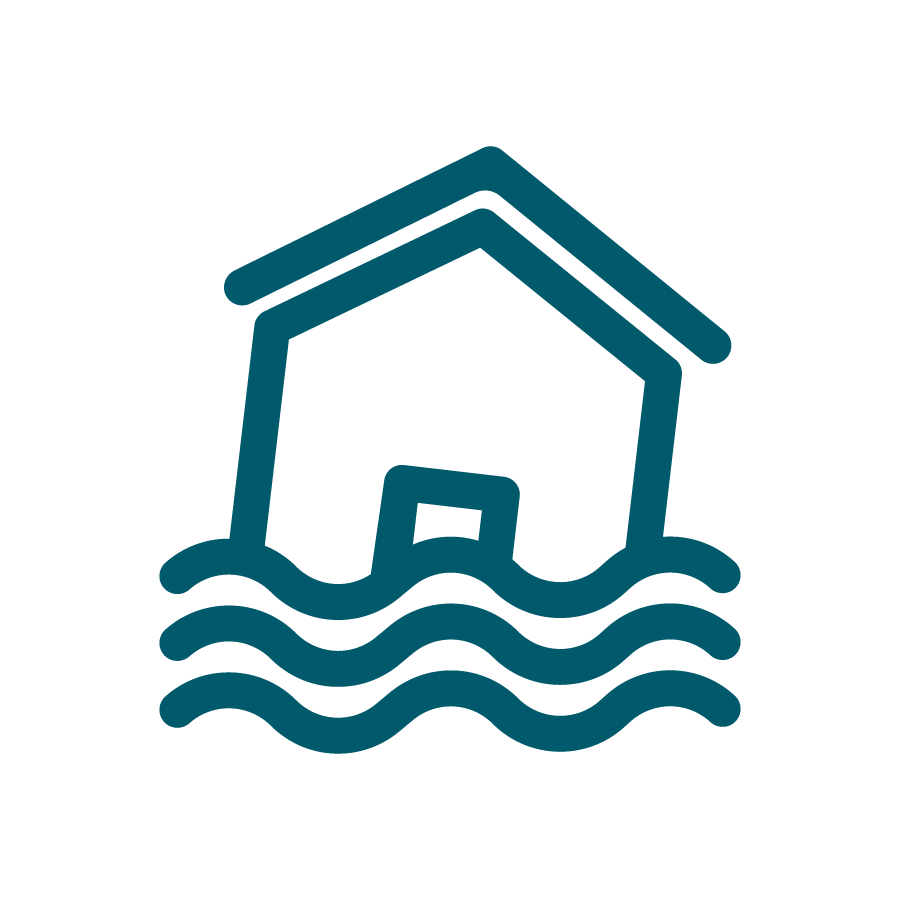
Types of flooding
Rivers - Flooding in rivers is natural and inevitable. Some floods occur seasonally with winter and spring rainfall. Torrential rains from decaying hurricanes or tropical systems can also produce river flooding.
Coastal - Winds from tropical storms can drive ocean water inland and cause significant flooding.
Urban - As land is converted from fields or woodlands to roads and parking lots, it loses its ability to absorb rainfall.
You should never try to walk, swim, or drive through swift water. If you come upon flood waters, you must stop, turn around and head in another direction. Listen for distant thunder and look out for water rising rapidly.

0-50 Good

51-100 Moderate

101-150 Compromised

151-200 Unhealthy

201-300 Very Unhealthy

301- 500 Hazardous
Air Quality
Air pollution can cause serious health problems, and much like the weather, the quality of air changes from day to day. The Environmental Protection Agency (EPA) developed the Air Quality Index (AQI) to keep people informed about the health effects of the five most common air pollutants and how to avoid those effects.
The AQI is a metric system that runs from 0 to 500. The higher the AQI value, the greater the level of air pollution and the greater the health concern. When AQI values are above 100, air quality is unhealthy: first for certain sensitive groups of people, then for everyone as AQI values get higher.
The system uses color-coded categories and provides statements for each category where green is good; yellow is moderate; orange is unhealthy for sensitive groups; red is unhealthy; purple is very unhealthy; maroon is hazardous.
Prevent Mosquito Bites
Puerto Rico's tropical climate feels like summer all year long, but it also provides an ideal environment for mosquitoes. These tiny pests can be more than just an itchy annoyance; some mosquitoes can transmit diseases such as dengue, Zika, and chikungunya.
To protect yourself and your family from mosquito bites that can make you sick, use Environmental Protection Agency (EPA)-registered insect repellents, and if you are using sunscreen, apply sunscreen first and insect repellent second. Wear loose-fitting, long-sleeved shirts and pants, and consider clothing and gear treated with permethrin, an insecticide that kills or repels mosquitoes. Make sure to follow these precautions to ensure you have a safe and enjoyable trip!
